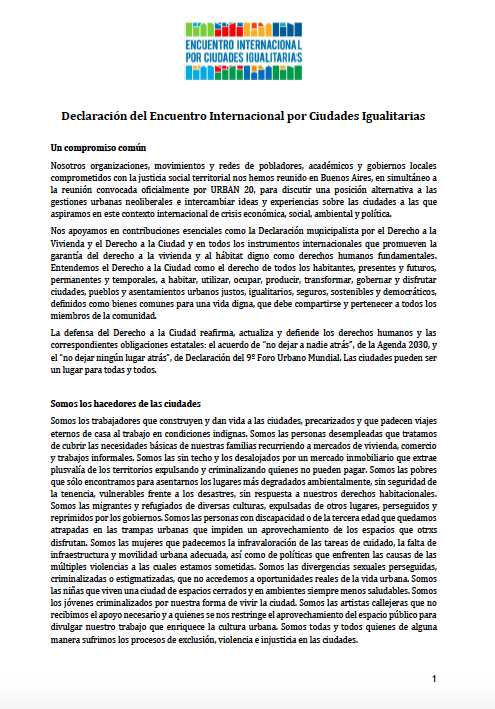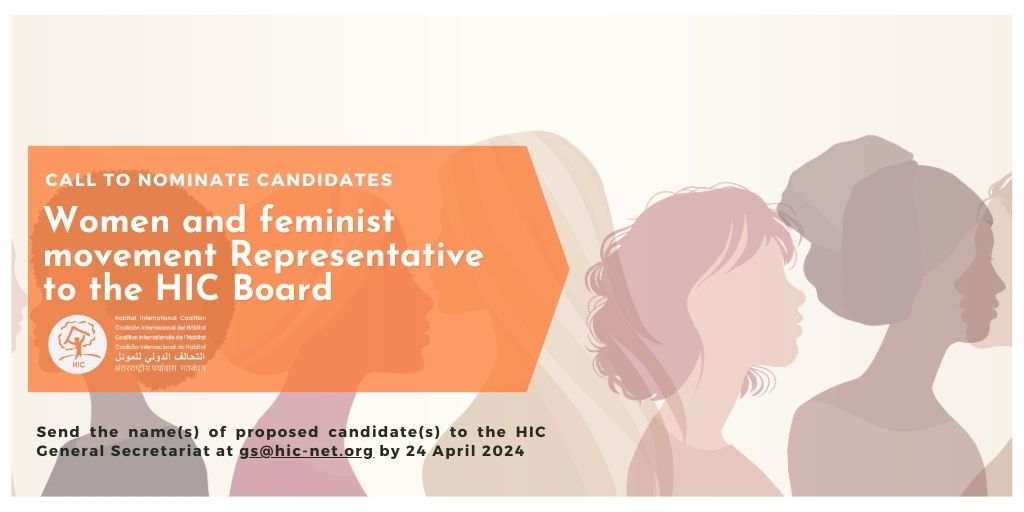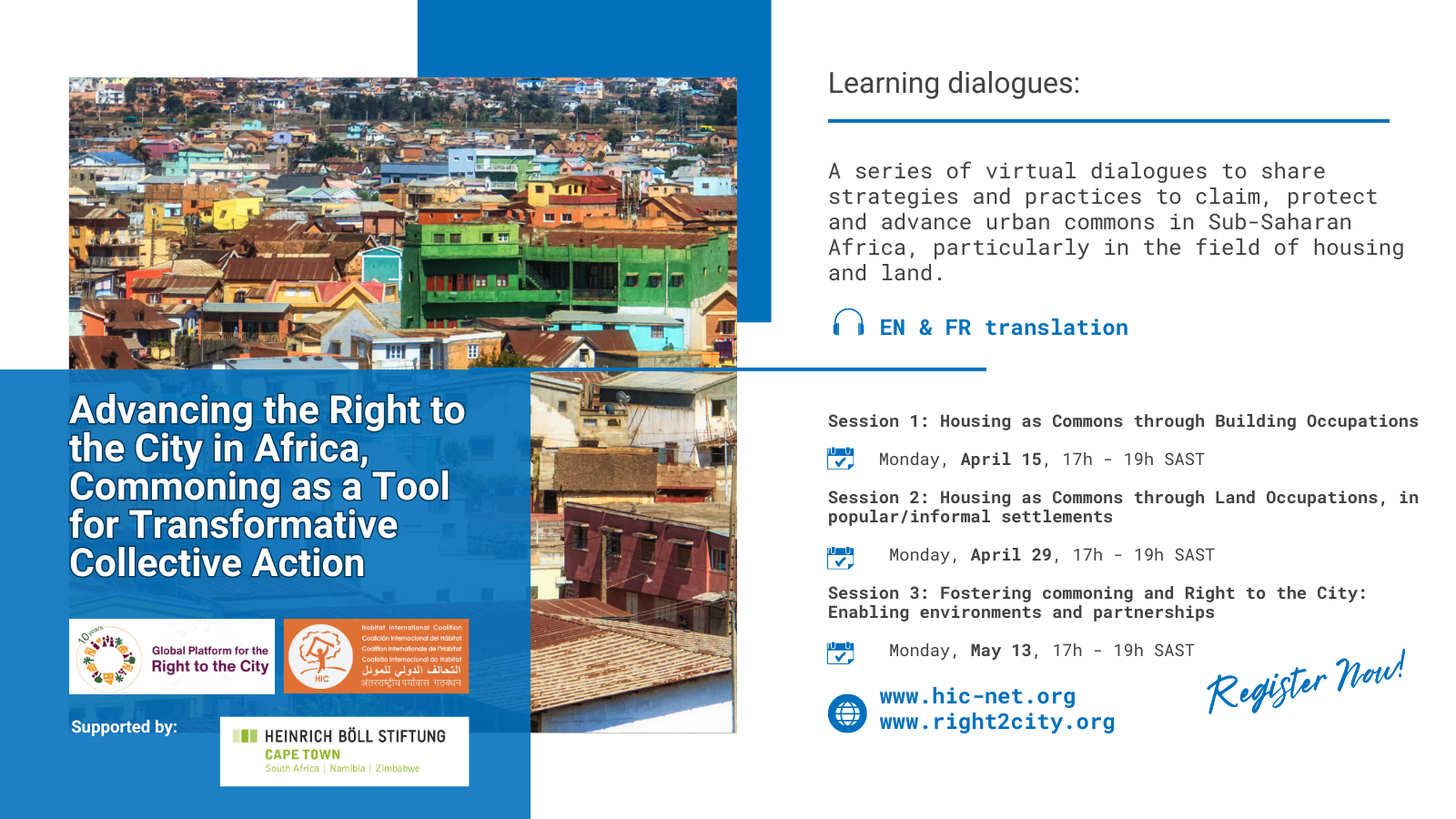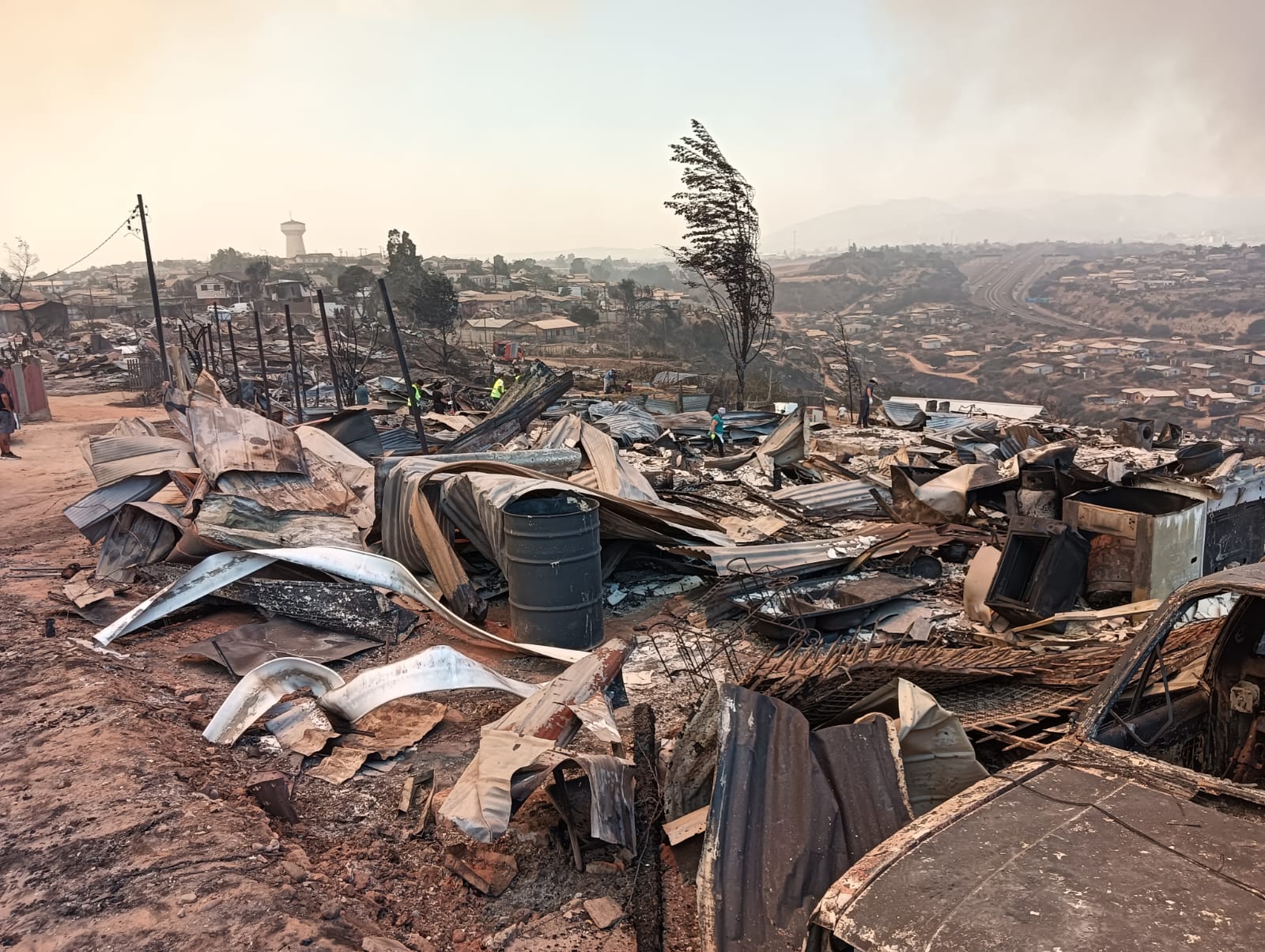This is the story of an organized group of urban poor people and a concerned, resourceful and astute mayor, and how they cooperate to find innovative solutions to Naga Citys land and housing problems. Naga, one of the oldest cities in Philippines, is a character city which by the Philippine law makes it independent of the province in which it lies. The 1991 law passed by the Philippine Congress has further helped to strengthen the powers of mayors and governors.
Naga City is a regional centre for trade, commerce, finance and educational and ecclesiastical facilities. It also surprisingly has a media coverage which is remarkable for its size and freedom. This probably reflects the popular interest in debates and open discussion of issues. This has helped to create a positive public opinion in favour of the poor. However, as in most cities across the Third World, Naga is also faced with a problem of high and quickly raising real state prices. The poor in such situations face constant threat to their security of tenure.
In 1986, Community Organization of the Philippines Enterprise (COFE) started to organize the urban poor by forming democratic, autonomous poor peoples organizations which are able to run their own community affairs, and who through mass actions and other uses of pressure have an effective voice in all the decision making that affects them. It collaborated with other local organizations in this effort. The urban poor were organized into nine urban poor associations in seven barangays and were federated.
The initial mobilization centered around small community problems such as water and other facilities. These needs were possible to resolve fairly easily. This helped to strengthen the organizations. The community organizations also fought eviction attempts in some of the settlements.
An equal relationship with the mayor
This approach of CBOs demands from the system requires that the politicians view theurban poor as a mature political constituency. While the original mayor did not consider the poor in this light, the mayor elected in 1988 found that he needed to develop a strong base among the poor. He was able to work with them and developed them into his base. Fortunately, the COPE, efforts had also by that time matured into a unified movement of urban poor with a strong CBO base. This helped to create an equal relationship with the mayor who believed that for the growth of the city all the citizens need to benefit from the development efforts. He was on the whole able to help the poor without alienating the rich.
The detailed case of negotiations for the land in one of the settlements clearly brings out the readiness of the mayor to be available to urban poor groups. He was willing to make contacts for them, arbitrate difficult matters, spend hours at their meetings and loan large amounts of money. The prestige of his office undoubtedly helps to persuade the landowner to deal seriously with the poor. It is also clear that the mayors actions are politically motivated, keeping re-election in mind. At the same time there is a genuine concern for the poor. The fact that the poor are well organized and are able to negotiate effectively makes this whole relationship more meaningful. The participation of the Urban Poor Association in this is crucial to its effectiveness.
Lessons Learned
The mayors position in Philippines is powerful, and especially since the 1991 Local Government Autonomy Act, they enjoy significantly higher financial powers. The use of these powers for the benefit not only of the rich but also the poor is the main lesson which emerges from the case. This required both a strong and effective community organization and a mayor who responded to the needs of the urban poor and used his office to help their causes. This necessitated balancing the assistance to the poor with activities for the rich. At the same time, even in Naga City, some of the positive legislative measures like the Urban Development and Housing Act of 1992 have not been effectively used. While the problems of the poor have been responded to with sympathy and goodwill, the attempts have been on a case to case basis rather than looking to overall city level efforts.
Nevertheless, the case, clearly highlights the importance and need for a more positive cooperation among NGOs, peoples groups and local government. For this, it is necessary to have both mayors with similar pro-poor attitudes and strong peoples organizations which are willing and able to work with the government on an equal footing.




